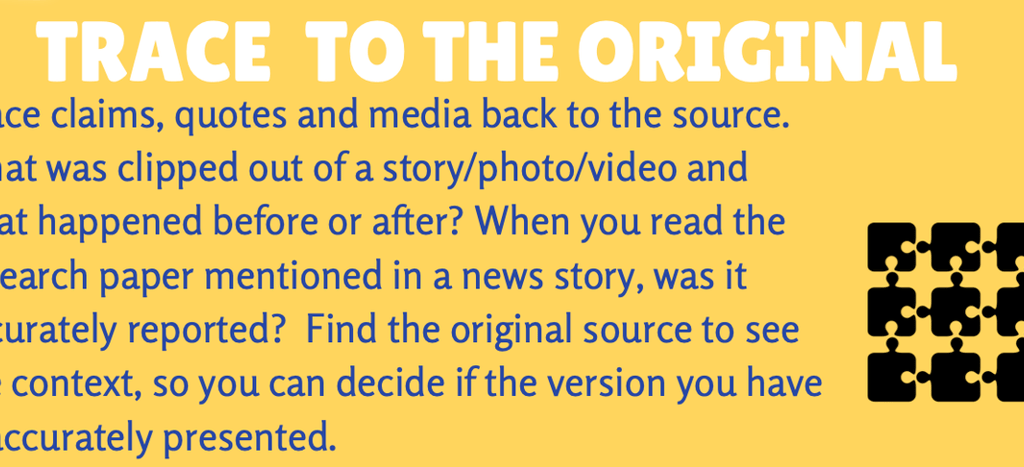4 Steps to Prevent The Spread of False Information on Your Feed (S.I.F.T. Method)
A short guide to basic fact-checking techniques.
JOURNALISMFACT-CHECKING
Most of us rely on our social media feeds to be informed about what's going on in the world. We create a network of information providers like influencers, news outlets, friends, friends of friends, etc. We usually engage in content if that makes us furious, or happy, or afraid, without hesitation. Even if we don't approve the message, even if the content gives false information, we help it to spread more because, well, that's how algorithms work.
The following text is an adaptation from a Twitter thread (that is in Turkish) I posted on October 8, 2020.
I haven't come across it yet, but Twitter has been testing a system for a while. It shows a warning to those who didn't read the content before retweeting the link. It's going to start working in many countries, soon, including Turkey. This looks like a positive development. According to Twitter's data, 40% of the users opened the link and the rate of those who opened the link before retweeting increased by 33%. However, I don't know how effective it will be in preventing dis-/misinformation from spreading.
Meanwhile, Twitter has started to take a series of measures against the spread of hate speech and fake news on the platform. U.S. President Donald Trump and Ben Shapiro, one of the popular media figures of the conservatives, also had their share.
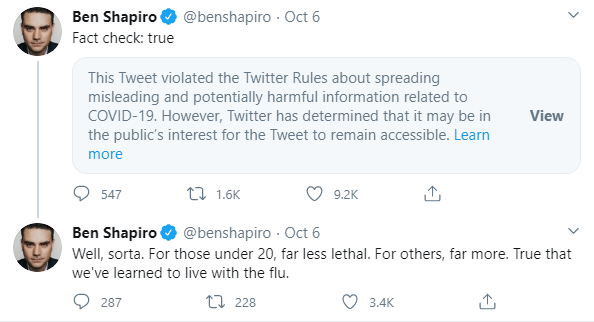

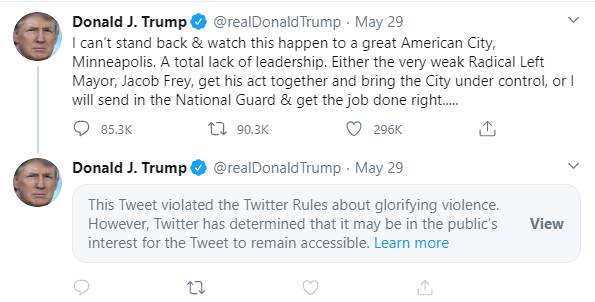

I find Twitter's effort to establish clean and healthy communication among the platform's users very positive. I think that might even be a good example of "benevolent despotism." However, as long as the users are not checking themselves, I don't think there will be a remarkable effect on preventing the spread of false information. It is unknown that the texts in the links are read after they are opened, and shared. Is the context understood even if they are read?


Examining the heatmaps of these tested pages can clarify things a little, maybe, but little can be said about how effective and correct the information consumed. News opened and shared by a user may contain false information and spread through the masses before Twitter labels them as incorrect. Besides, the platform's verification of the news/information can lead to more laziness in the user. I think the most effective solution for the user is to improve their media literacy. I would like to talk about a relatively new method with which you can improve your media literacy.
If you want to prevent the spread of false information on tFacffhe Internet and strengthen your suspicion, you can apply S.I.F.T. (The Four Moves) method, proposed by Mike Caulfield.
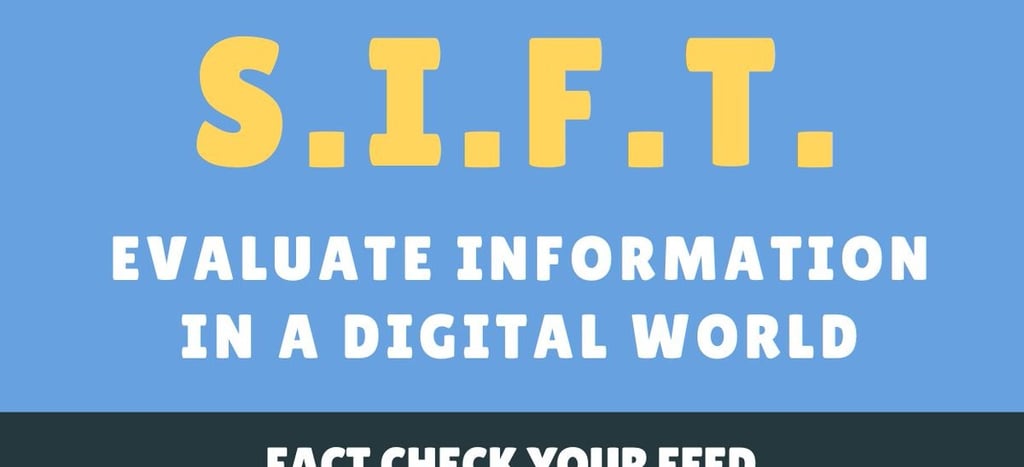

As you guessed, each letter is the first letter of a step.
[S] top
[I] nvestigate the source
[F] ind other or reliable sources
[T] race back to the original source
STOP
The content we see on the platforms is often produced to stimulate our emotions rather than being informative. We share the contents that make us happy, justify our opinions, prove the other wrong, reinforces something we believe in without much thought. That's mostly because of motivated reasoning. Before getting caught up in this excitement and sharing the content, the first step is to stop and ask, "why am I in such a hurry to share this?" For what purpose was the content published? What does it say? What kind of posts the account and its sharing network have? Could the content have previously been shared in a different context? You can also stop yourself with questions like these, which brings us to the second step.
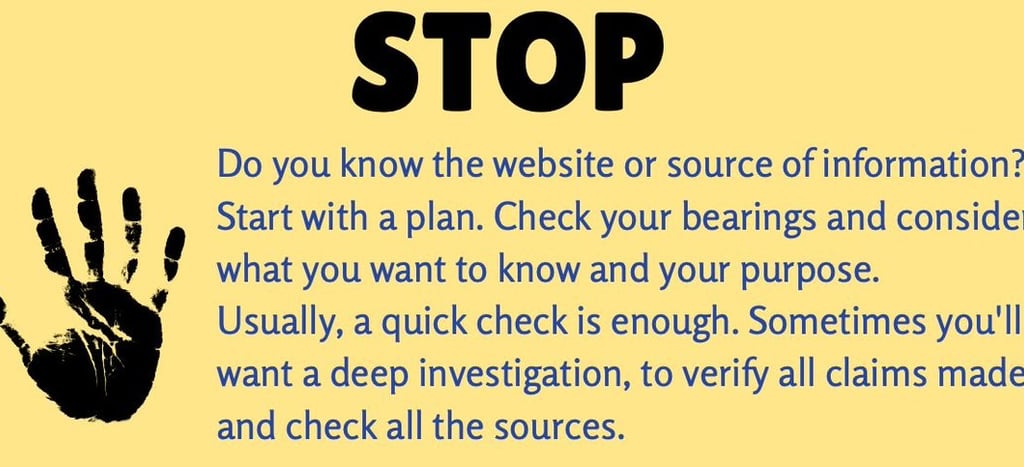

INVESTIGATE THE SOURCE
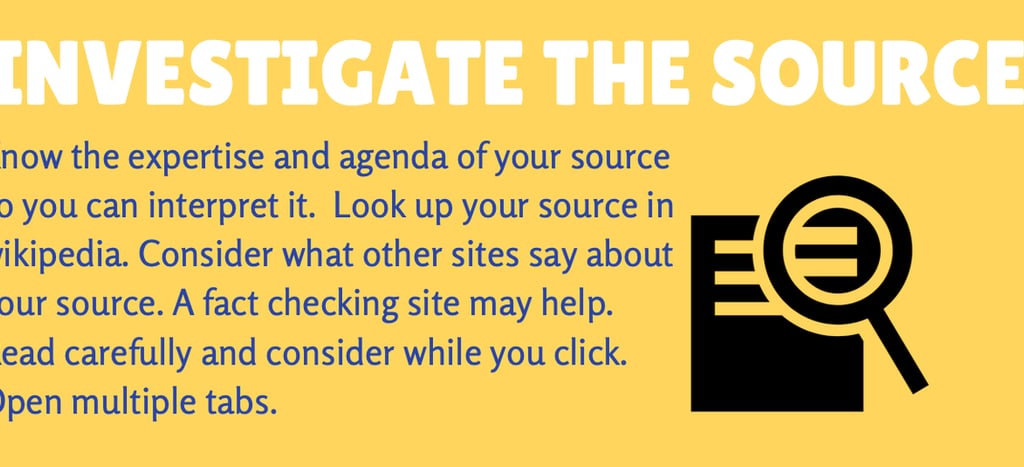

You can check your source on mediabiasfactcheck.com if the source is a news website. You can also install the NewsGuard (newsguardtech.com) extension on chromium-based browsers.
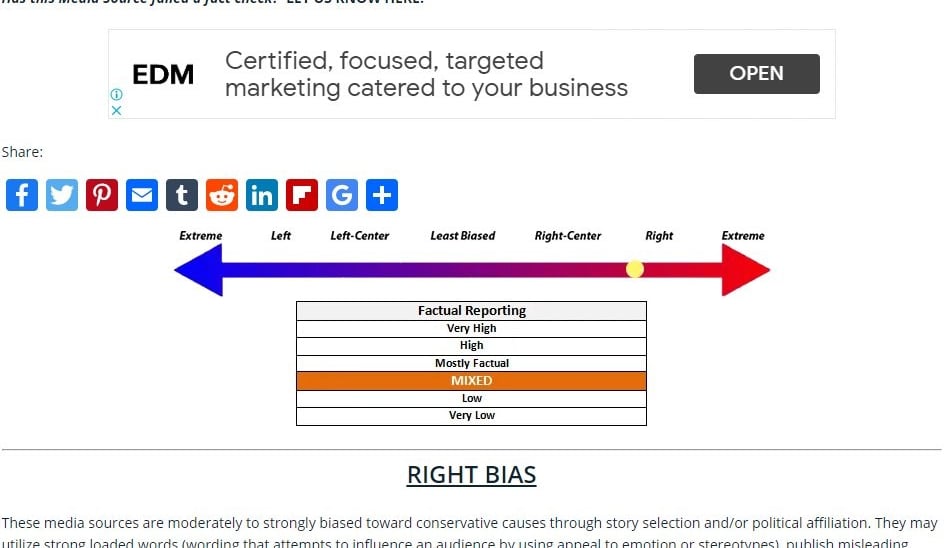

You see the ratings of the news sources as shown in the images below with the free version of NewsGuard. By the way, I would not recommend using these tools to make the final decisions about the reliability of the content. These can only help to a certain degree. As a result, just as reliable sources may give false information, a less reliable source can also distribute correct information.
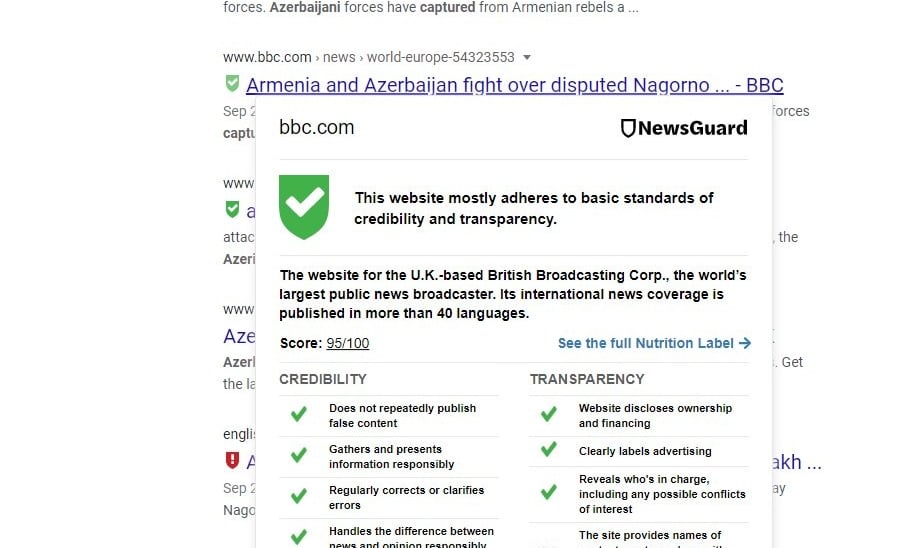

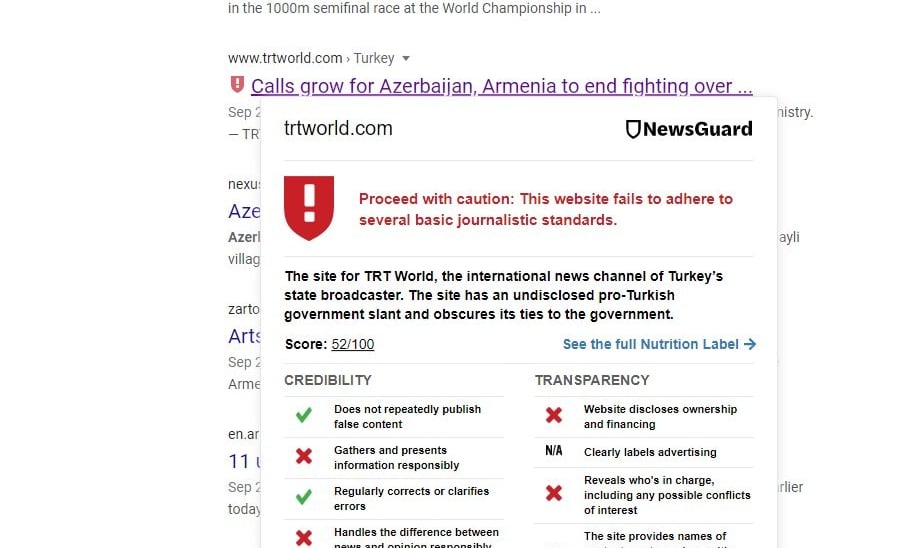

FIND TRUSTED COVERAGE
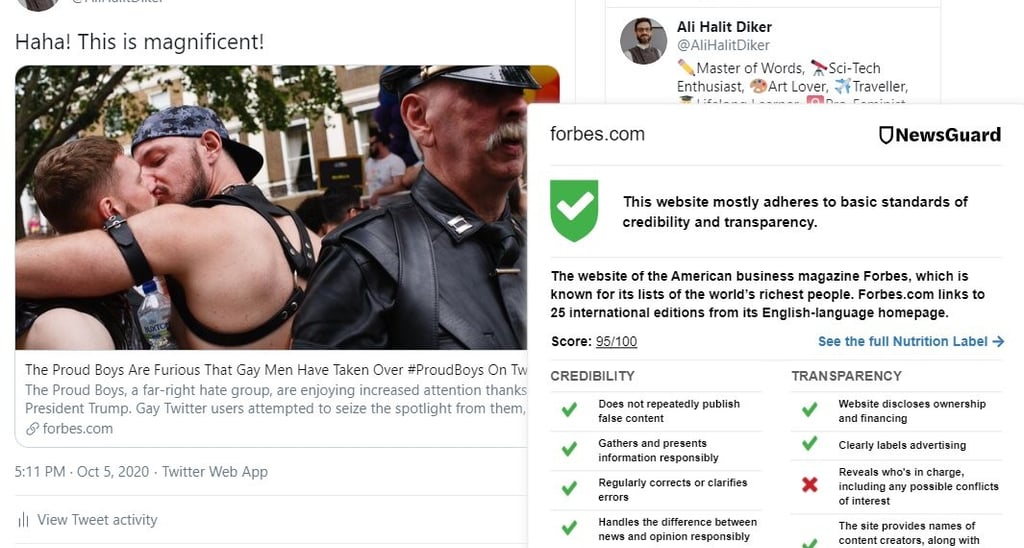

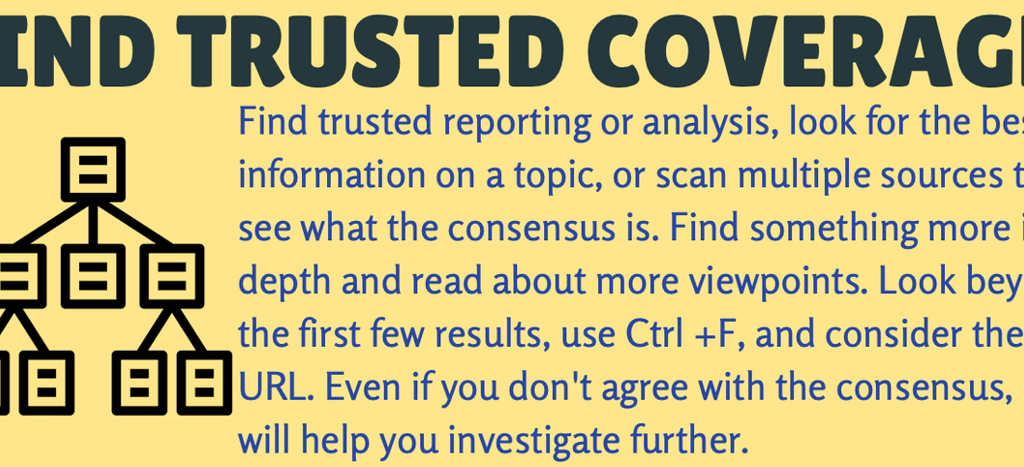

Finding the same story from reliable sources can be a little tricky, because of the "motivated reasoning" and our personal biases, but it's not that hard to overcome. Usually, the sources we code as "reliable" by ourselves are actually sources that represent groups that we feel belonging (political, ethnic, sexual identity, etc.). Again, mediabiasfactcheck.com can make it easier for you to find news from different sources, different perspectives. Just be sure that you're reading factual stories. You can use Google's Fact Check Explorer to check if the title of the content you are researching has already been fack-checked. In summary, gather as many sources as possible regardless of their bias, it's ok as long as they're factual.
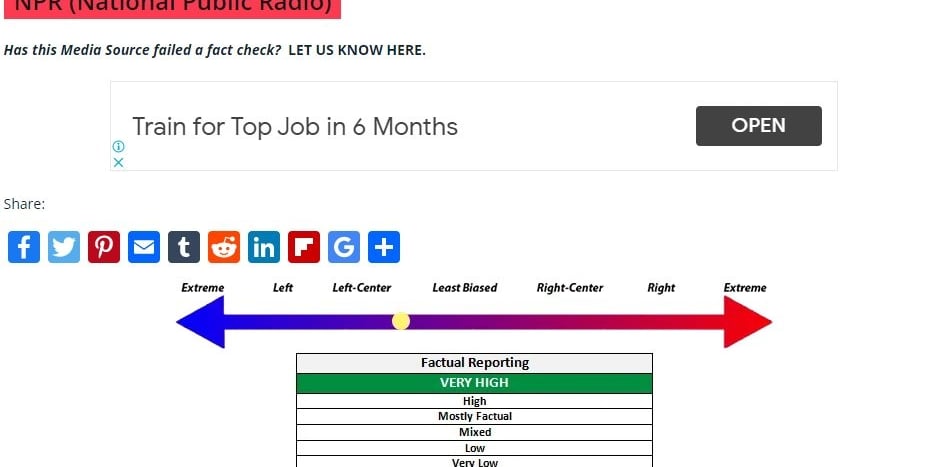

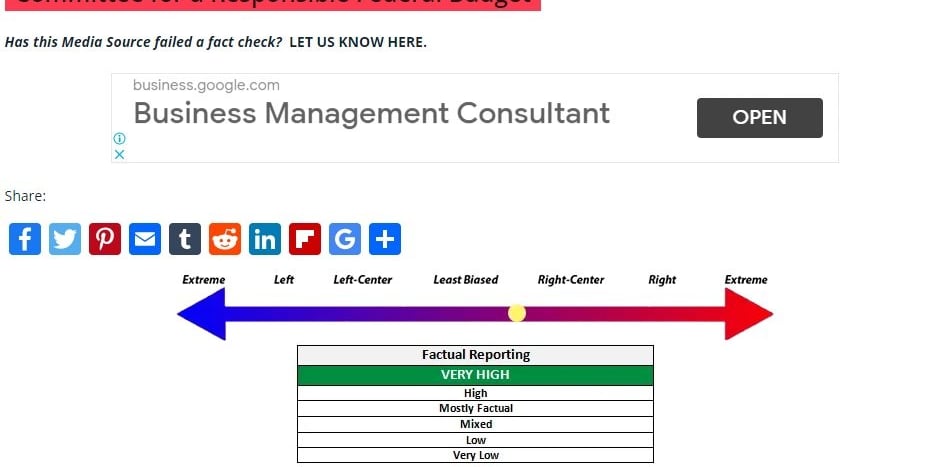

TRACE TO THE ORIGINAL SOURCE
Finally, we have to reach the real source of the news/information. In fact, by following the first three steps, you probably reached the original source or you are getting very close. Still, there might be actually a lot to do. For example, checking whether a visual in the content is correctly associated with the text using Google Reverse Image Search, whether the date and location information of the videos are correct, whether the official source data is consistent with the data in the content, etc. To learn more detailed information on how to do these, there are tons of training and educational material on websites like firstdraftnews.org and newsinitiative.withgoogle.com. As Carl Sagan once said, "don't trust anything you see on the internet!" Just kidding. Try to know, not believe.
